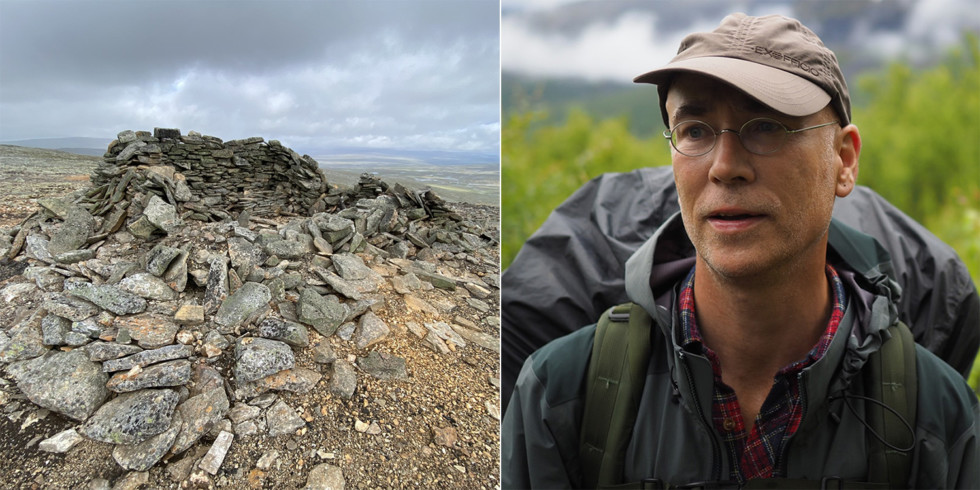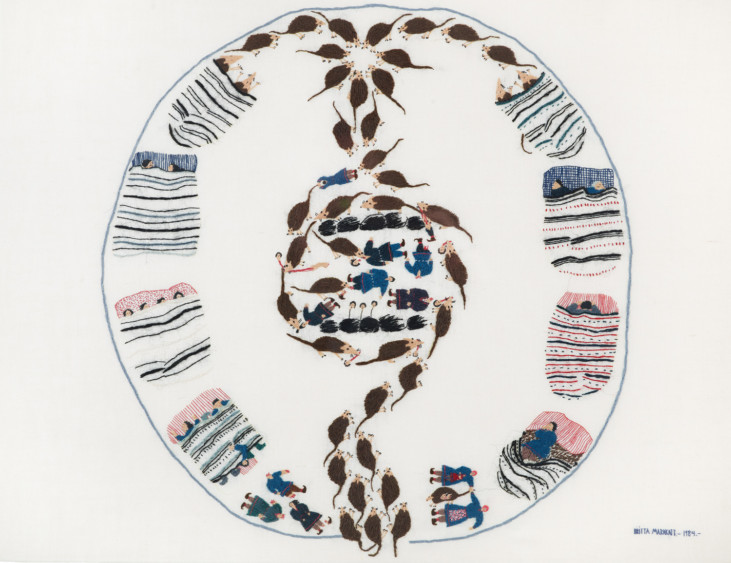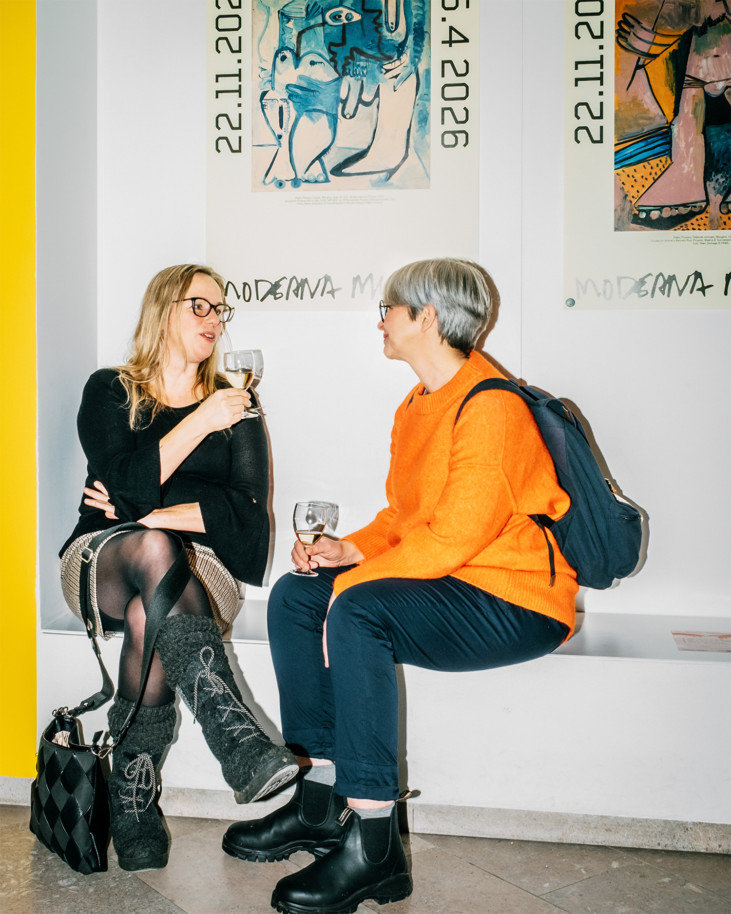
The Exploitation of Sápmi
People and nature in the early modern period
7.10 2025
Stockholm
The exploitation of Sápmi
Scandinavia’s colonial legacy: The exploitation of people and nature in Sápmi during the early modern period
Date
Tuesday 7 oktober 2025
Time
18–19.00
Place
The Cinema, floor 2
Language
Swedish
Price
Free admission, pre-registration required
Contact: Alexander Kateb, Moderna Museet
Resource exploitation in Sápmi has a long history. Since the 17th century, industrialists and investors have turned to the north to cope with various crises. During the early modern period, it was about obtaining capital for consumption of the new global trade goods of the time. Today, it is about what is usually called the green transition.
The discovery of silver at Násavarri/Nasafjäll and copper in Svappavaara/Svahpavarri in the early 17th century opened northern Sápmi to mining, the construction of mills and marketplaces, but also for the first tourism and a first wave of cultural exploitation of the area. The 17th century boom was followed by a recession in the industrialisation of Norrland, but served as a clear foundation for the exploitation that took off in the 19th century and is thus important for our society today.
Jonas Monié Nordin is a professor of historical archaeology at Lund University and researches resource colonisation in Sápmi during the early modern period. In 2020, the award-winning book “The Scandinavian Early Modern World” was published, which places Scandinavian colonialism in a larger global context. Monié Nordin is also a member of the Truth Commission for the Sámi People.
Britta Marakatt-Labba
Britta Marakatt-Labba’s embroidered stories depict Sámi life and everyday experiences, but also tell of state oppression and nature under threat …
Where Each Stitch Breathes/Juohke sákkaldat vuoigŋá

Become a Member
Come as often as you like! Purchase a membership in Klubb Moderna and enjoy free entry to Moderna Museet’s collection and all exhibitions. You can …
Klubb Moderna

Newsletter
Subscribe to our newsletter! Get the latest news about Moderna Museet directly to you by e-mail. …
Newsletter

